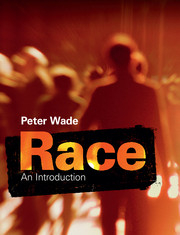The Passing Paradox: Writing, identity & publishing while blackPosted in Articles, Literary/Artistic Criticism, Media Archive, Passing, United States on 2015-09-23 23:51Z by Steven |
The Passing Paradox: Writing, identity & publishing while black
Fusion
2015-02-13
A wife lives in constant fear that her husband will discover she’s not who she claims to be. A black aspiring architect is mistaken for an ethnicity other than his own and is offered a job he never would’ve accessed had he corrected the error. A pregnant mother prays nightly that her baby’s skin won’t betray a bit of brownness. Such are the predicaments of characters in the early 20th century “passing narratives” I’ve loved since my days as an undergraduate English major.
To “pass,” as African American writers in the early 1900s defined it, was to choose to escape from the violence and discrimination attendant to blackness — a privilege possible only for those whose skin was light enough to pull it off. Peaking in popularity by the 1930s, passing narratives were often melodramatic and cautionary, detailing the myriad dangers of abandoning one’s black identity in order to take cover amid the white communities that systemically oppressed black citizens.
The penalty for being caught passing could be as merciless as emotional and physical abandonment or as cruel as a violent death. In Nella Larsen’s 1929 novel Passing, for instance, one of the story’s protagonists, Clare, either falls or is pushed from the top floor of a building during a party. Unbeknownst to her, her racist white husband has discovered her blackness through her light-skinned friend, Irene, who isn’t exactly passing. When he charges toward her stumbles out to her death.
Passing narratives not only interrogate the fluidity of racial identity and assess the stakes of racial allegiance, but also double as slow-burning thrillers: Race itself is the stalker, an implicit threat skulking in the backgrounds of seemingly contented, white identified lives…
Read the entire article here.

